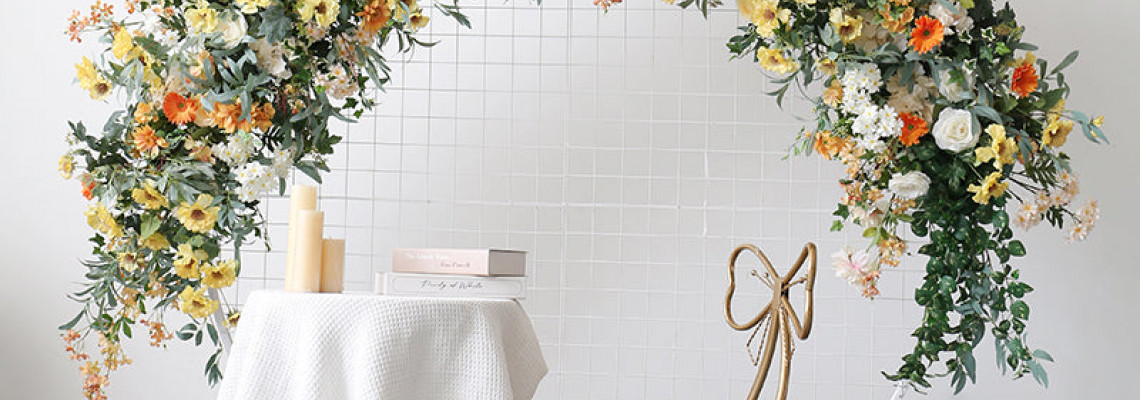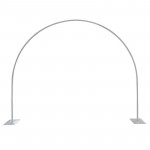Flower Experiment: Hairspray vs. Design Master!

Flower Experiment: Hairspray vs. Design Master!
My favorite sola wood flowers have borders that are softly curved. If you've ever attempted to dip dye them, you are aware that the outcomes can be somewhat "interesting." The bloom may become something quite different from what you had envisioned for your project as the curls unfurl.
The Experiment Process:
As an actual science experiment, I employed a particular testing strategy with a control group! Using one flower for each level of spray, each type of flower was sprayed 2, 5, and 10 times with Design Master (Super Surface Sealer) and hairspray (got2b glued blasting freeze spray). Before dying the flowers, they were allowed to dry completely for at least an hour after being sprayed with hairspray and Design Master. In order to demonstrate the uncurling, I also dyed one flower naturally using the same paint, water, and glycerin mixture that I sprayed on the other flowers.
The first significant change I observed when I was spraying the flowers was that they took on a more ivory/yellow tone (even after they were dried). Additionally, it seemed that the Design Master flowers—especially the ones that were sprayed ten times—were a little less pliable and more rigid.
The Individual Flowers:
As you can see, even with the slightest application of hairspray or Design Master, all of the treated peonies held up really well!
After being treated, the Design Master dyed peonies felt the brittlest of any of the flowers. Nevertheless, they are still functional and will maintain their shape in arrangements quite nicely!
The only flowers that did not retain any curl at all were the cottage roses treated with hairspray. The outside petals did uncurl and spread out, away from the center, but they were still attractive. On the other hand, the Design Master spray held up really well on all levels!
The Cornelia margins of both the raw and hairspray 2 uncurled significantly. It's also essential to notice that not every one of the painted flowers was wholly covered with paint. All of the flowers (especially the ones sprayed with Design Master) had lighter patches; these could have been the result of older paint or a more diluted mixture. That, in my opinion, gives the blooms a vibrant, lifelike appearance, but have that in mind!
Paris performed admirably in every dip dye scenario! The most striking observation I made was that the hairspray-treated flowers mostly retained their curls, but the outside petals drifted apart from the center.
Blanche is arguably our most finicky curled edge rose; her curls were only able to stay in place thanks to the Design Master sealant levels 5 and 10. Getting your hands on the Design Master spray is highly recommended if you want to be able to dip-dye any pale flowers!
The Overall Results!
It was so much joy to be able to dip dye flowers with curled edges; however, not every flower turned out perfectly! I discovered that applying 5–10 sprays of the Design Master sealant and using 1.5 times the quantity of glycerin I usually use for raw, untreated flowers worked best for all flowers. At the same time, they were still soft and pliable. The glycerin prevented the blossoms from becoming extremely brittle by penetrating the wood's pores.
Nevertheless, while the hairspray flowers were far more saturated, the Design Master spray did reject some of the paint combinations. If you place a high value on saturation, this might be the technique for you because the hairspray version's curls held up considerably better than the flowers' untreated counterpart!
Cheers to your experiments!








